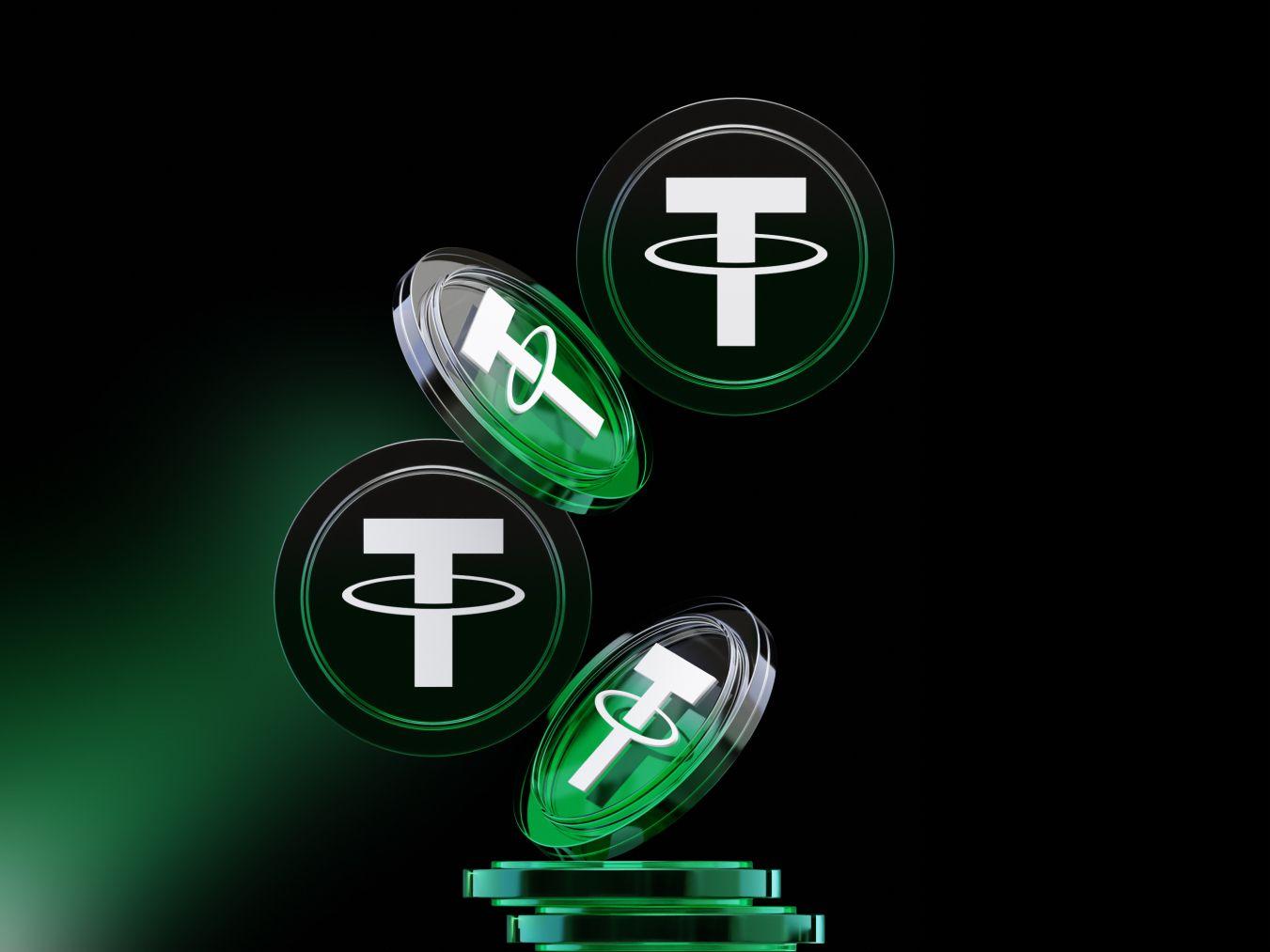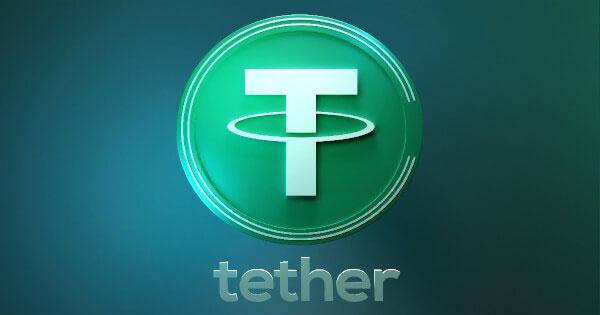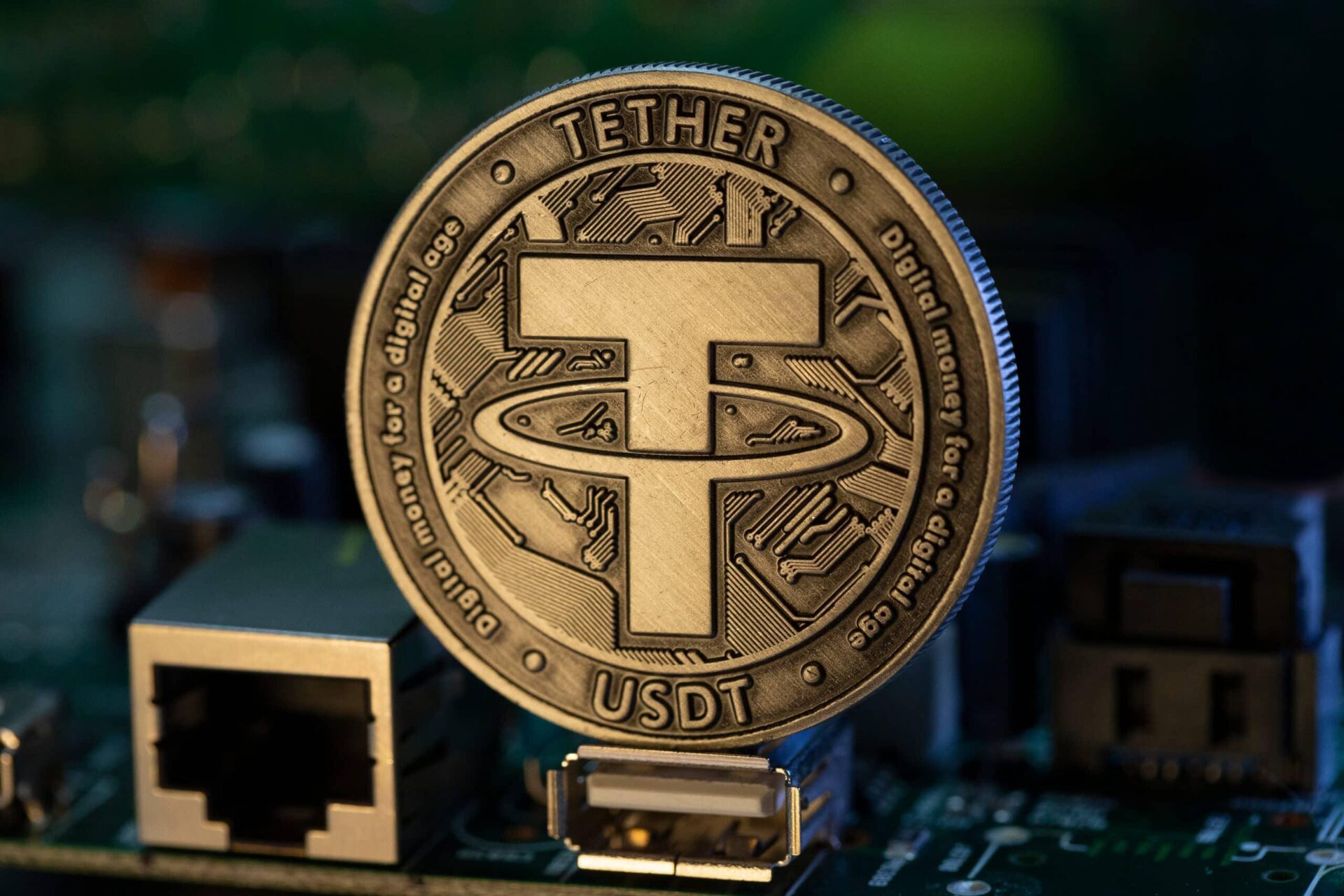The Rise of Tether and Its Impact on the Stablecoin Market
The surge in Tether’s presence within the cryptocurrency ecosystem has been nothing short of transformative. As the highest-circulating stablecoin, Tether (USDT) commands an notable market dominance, capturing nearly 60% of the total stablecoin market capitalization. This is particularly meaningful given the increasing reliance on stablecoins for trading, remittances, and as a store of value. The company’s strategic decisions, such as maintaining a 1:1 peg to the US dollar, have bolstered investor confidence, allowing USDT to thrive even amidst market volatility. Factors contributing to Tether’s ascension include:
- Increased adoption by exchanges: Major cryptocurrency platforms favor USDT for trading pairs, enhancing liquidity.
- Robust demand in DeFi: Decentralized finance platforms leverage Tether for lending, borrowing, and yield farming.
- Market stability: USDT often acts as a safe haven during price downturns, drawing in investors looking to mitigate risks.
However, the rise of Tether has not been without controversy. Regulatory scrutiny has intensified, with concerns over the company’s claims regarding its reserves and the transparency of its operations. Critics argue that Tether’s influence could lead to systemic risks, given its size and the interconnectedness with other cryptocurrencies. This has prompted discussions about the need for clearer regulations within the stablecoin market. To navigate this complex landscape, Tether must focus on:
- Enhancing transparency: Providing more frequent and detailed disclosures about reserves can bolster credibility.
- Engaging with regulators: Establishing collaborative relationships with regulatory bodies may mitigate potential risks.
- Diversifying its reserve assets: Exploring a wider range of collateral could improve its stability in varying market conditions.

Understanding the Mechanisms Behind Tether’s Valuation Strategy
At the core of Tether’s robust valuation lies a well-crafted financial strategy that hinges on its pegging mechanism with fiat currencies, notably the U.S. dollar. Tether maintains a 1:1 peg, which is underpinned by a reserve portfolio aimed at ensuring liquidity and stability. This approach not only cultivates trust among users but also establishes a solid infrastructure for sustaining its market position. Key components of Tether’s strategy include:
- Regular audits: Tether commits to transparency by providing periodic reports from third-party firms, helping to bolster investor confidence.
- Liquidity management: A diverse asset base enables Tether to manage risk effectively while meeting withdrawal demands.
- Global demand: The appeal of a stable digital currency facilitates wide adoption across various crypto markets, enhancing its transactional utility.
Tether’s valuation strategy also capitalizes on the network effects typical in the cryptocurrency space, driving user adoption and increasing its market share. As more traders and investors adopt Tether for its perceived stability, the resulting ecosystem thrives, reinforcing the coin’s value proposition. Additionally, Tether benefits from:
- Partnerships: Collaborations with exchanges and financial platforms extend its reach and integration within the financial ecosystem.
- Market adaptability: By continuously evolving in response to investor needs and regulatory landscapes, Tether positions itself as a resilient player.
- Educational initiatives: Raising awareness about stablecoins helps demystify their utility, attracting new participants into the cryptocurrency market.

Challenges and Opportunities in the Evolving Landscape of Cryptocurrency
The cryptocurrency realm is undergoing a seismic shift as innovations and regulatory frameworks evolve. On one hand, the dominance of stablecoins like Tether is redefining the landscape, offering an element of stability in a notoriously volatile market. However, this rapid growth brings forth a set of challenges that could reshape how cryptocurrency interacts with traditional finance. Stakeholders must navigate issues such as regulatory scrutiny, which is increasing as authorities seek to implement consumer protections and financial stability measures. The complexities include:
- Regulatory Compliance: Ensuring adherence to laws and guidelines is becoming paramount.
- Market saturation: With more players entering the stablecoin space, differentiation is critical.
- transparency: Users demand more insights into backing reserves and business practices.
Conversely, these challenges present profound opportunities for innovation and growth. companies that enhance transparency and compliance could not only retain consumer trust but also leverage robust technology solutions to innovate further. Furthermore,as traditional financial institutions warm to the idea of cryptocurrency,alliances between fintech and incumbent banks may pave the way for a more integrated financial ecosystem. Key opportunities lie in:
- Partnerships with traditional Finance: exploring synergies that enhance liquidity and access.
- Technological Advancements: Utilizing blockchain for increased security and efficiency.
- Consumer Education: Increasing awareness and understanding of cryptocurrency assets among average users.

Navigating Regulatory Scrutiny: Strategies for Future Growth
As tether’s valuation approaches the impressive $500 billion mark,navigating through intense regulatory scrutiny has emerged as a critical challenge for the firm’s future growth. Tether’s success is inherently tied to its ability to maintain transparency and compliance amid a rapidly evolving regulatory landscape. Industry experts suggest that proactive engagement with regulators, along with a commitment to best practices in governance, will be essential.companies operating within the digital currency ecosystem can consider the following strategies:
- Building Trust: By providing clearer insights into reserve holdings and transaction processes, tether can solidify its reputation as a stable and trustworthy entity.
- Collaborative Compliance: engaging with policymakers to shape favorable regulations can not only mitigate risks but also position Tether as a leader in compliance.
- Investment in Technology: Leveraging advanced technologies for risk management and reporting can enhance operational transparency and responsiveness to regulatory demands.
Moreover, Tether’s ability to educate stakeholders-ranging from investors to consumers-on the benefits and legal frameworks surrounding stablecoins will be paramount in ensuring sustained growth. As competitors vie for market share in this burgeoning sector, those who prioritize regulatory adherence while fostering innovation are likely to thrive in the long term. Building a robust framework to address regulatory concerns not only protects existing market positions but also fuels expansion into new territories, paving the way for enduring success.
